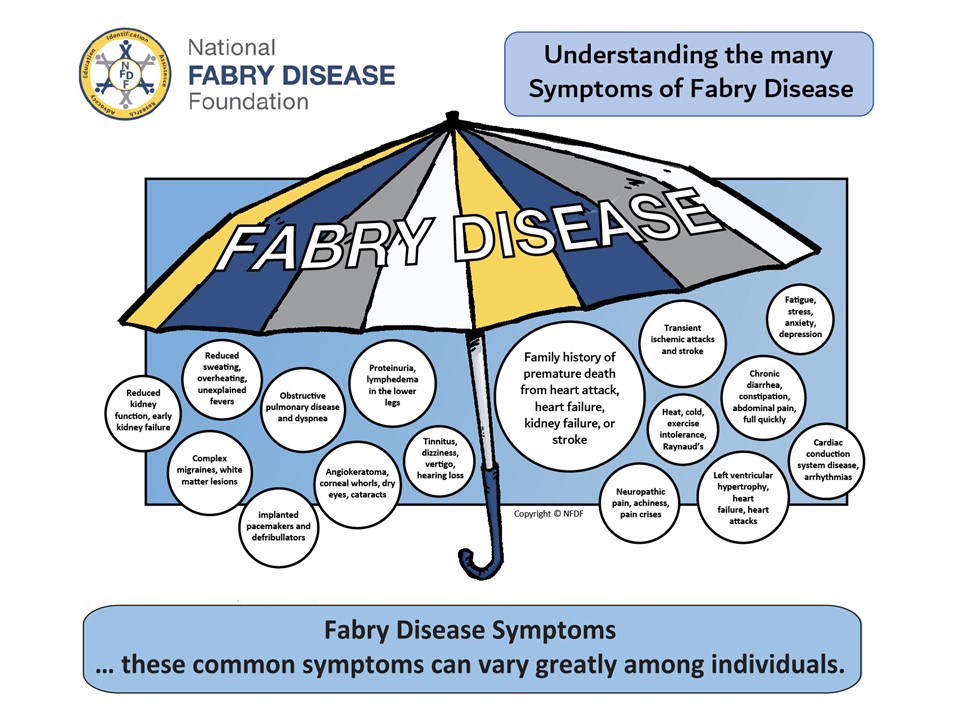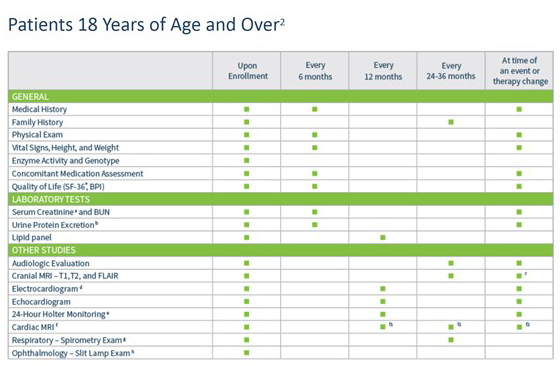In Managing Fabry Symptoms, We Must Leave No Stone Unturned
Written by |

Because Fabry disease affects multiple bodily systems, it was easy to get in the habit of managing each symptom separately, focusing on the symptom that needed the most attention at the moment. I’ve learned over time that my Fabry symptoms and my non-Fabry medical issues are often connected in ways I didn’t foresee. All of my symptoms must be managed together to avoid unexpected and unnecessary complications, and to maintain the best health possible.
My experience managing so many health concerns causes me to think of an expression that originated from an ancient Greek legend: “Leave no stone unturned.” Although the original phrase didn’t refer to health management, it seems like an appropriate concept to embrace. In other words, we must try every possible course of action to promptly monitor, manage, and remedy our health issues simultaneously.
For example, a friend with Fabry disease was on a kidney transplant list for many months. When he was called to receive a kidney, his final pre-transplant evaluation revealed he needed surgery to repair a heart valve (another common problem with Fabry disease) before he could have the transplant. Sadly, my friend died of heart valve complications before he could receive the kidney transplant. Simultaneously monitoring his heart and kidney issues more closely might have prolonged his life.
Another example, although less tragic, involves my ongoing recovery from a heart transplant just over four months ago. To achieve the best recovery results, walking multiple times a week is very important. Walking helps to increase blood and oxygen distribution to the body, stabilize blood pressure and heart rate, reduce cholesterol, reduce lower extremity edema, promote better lung function, and minimize the side effects of the many transplant medications I take. Walking helps to acclimate my new heart to my body.
Because I didn’t manage my lower back pain adequately before my transplant, my transplant recovery has been slower as I undergo concurrent physical therapy to strengthen my back muscles and reduce the pain. In retrospect, I should have focused on resolving my back pain sooner.
It is challenging but vitally important to do everything possible to monitor and manage each of our Fabry symptoms and other health conditions simultaneously. In addition to managing our known Fabry-related issues, a good starting point is adhering to the Fabry Registry Board of Advisors’ Recommended Schedule of Assessments, which can be found here.
(Note: The information in this column is intended to assist patients and caregivers in discussions with healthcare providers. It is not intended as medical advice.)
As recommended by my physicians, I strive to achieve the following to manage various aspects of my health:
- Adhere to the Fabry Registry’s Recommended Schedule of Assessments as closely as possible.
- Perform recommended periodic cardiac assessments and continue post-transplant protocols for evaluations, biopsies, medications, diet, and exercise.
- Perform recommended periodic renal assessments and manage Fabry-related proteinuria to maintain kidney health.
- Perform recommended periodic nervous system assessments to manage stroke risk, pain, and other Fabry-related nervous system manifestations. Perform periodic brain MRI scans and take a daily low-dose aspirin.
- Perform recommended periodic pulmonary assessments, practice diaphragmatic breathing, and use an incentive spirometer to increase my lung capacity and airflow.
- Perform periodic audiology assessments for hearing loss, hearing aid maintenance, and tinnitus.
- Continue biweekly intravenous enzyme replacement therapy (ERT) as my primary Fabry treatment. Some may elect to take an approved oral chaperone therapy instead of ERT.
- Manage Fabry-related neuropathic pain to maintain a better quality of life.
- Eat healthily to:
- Maintain a healthy weight. I struggle to gain and maintain weight.
- Reduce Fabry-related early satiety (feeling full quickly when eating).
- Minimize Fabry-related gastrointestinal upset, primarily chronic diarrhea.
- Drink sufficient water to maintain kidney health and to keep blood vessels open.
- Walk daily at an increasing pace and distance.
- Wear compression socks and ankle supports to reduce lower-extremity edema.
- Undergo physical therapy for back pain and other issues that hinder mobility.
Many symptoms such as chronic pain, chronic fatigue, hypohidrosis, heat and cold intolerance, chronic lower extremity edema, and shortness of breath upon exertion may cause people with Fabry disease to become more sedentary. Despite the many complications, it is important to continue to perform adequate amounts of physical activity and exercise as approved by our physicians. In my experience, it is more difficult to recover if I have been inactive for too long.
We must manage all of our symptoms and stay as active as possible. We must leave no stone unturned while monitoring and managing our symptoms to enable us to live better and longer lives.
***
Note: Fabry Disease News is strictly a news and information website about the disease. It does not provide medical advice, diagnosis, or treatment. This content is not intended to be a substitute for professional medical advice, diagnosis, or treatment. Always seek the advice of your physician or other qualified health provider with any questions you may have regarding a medical condition. Never disregard professional medical advice or delay in seeking it because of something you have read on this website. The opinions expressed in this column are not those of Fabry Disease News or its parent company, Bionews, and are intended to spark discussion about issues pertaining to Fabry disease.








C Lowe
Found this site in the process of researching my newly discovered condition, Late Onset Fabrys.
Interesting, seems my pathway will be the chaperone drug to wake up my enzyme function.
All the best!
Jerry Walter
Welcome to the Fabry community! I wish you all the best! Please feel free to contact me at [email protected]. You are welcome to subscribe to the National Fabry Disease Foundation's e-newsletter in addition to my monthly column if you have not already. Jerry